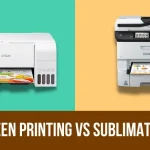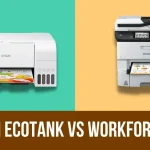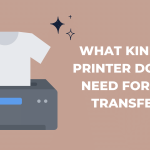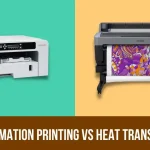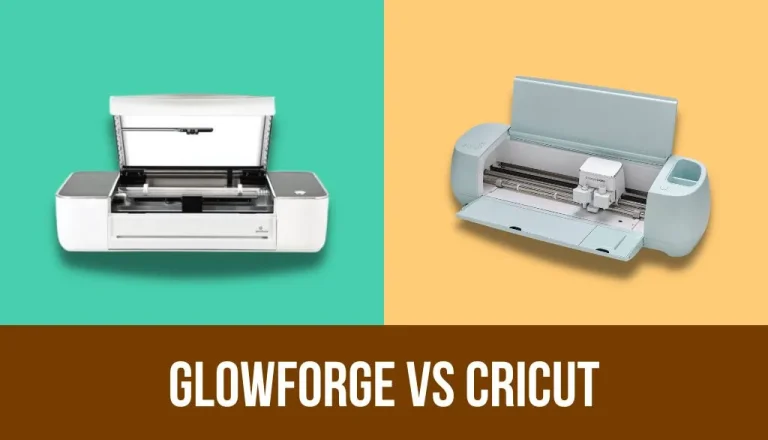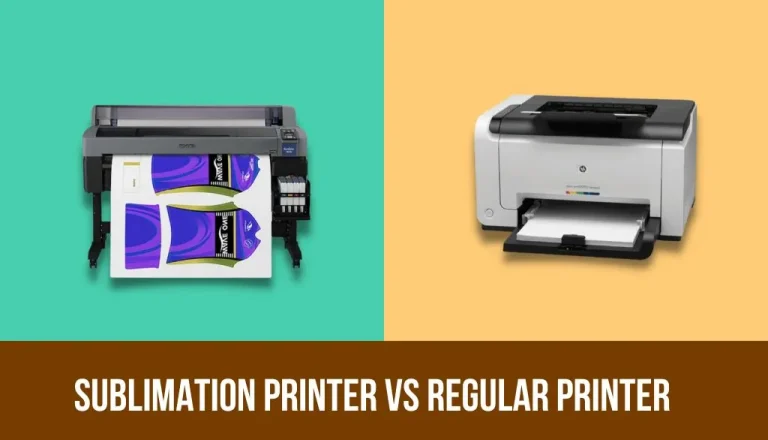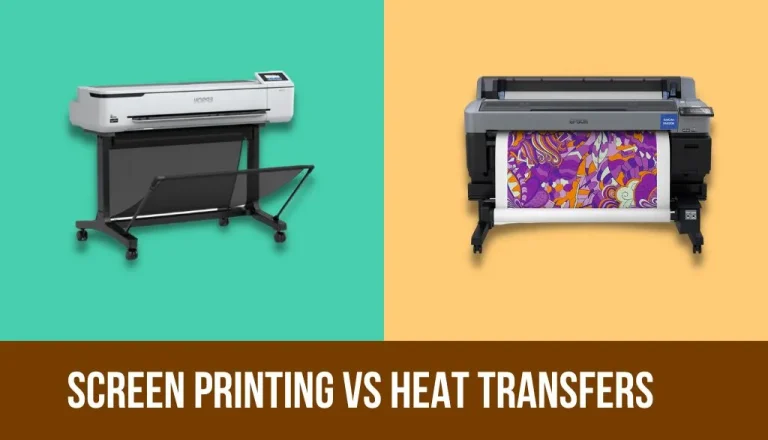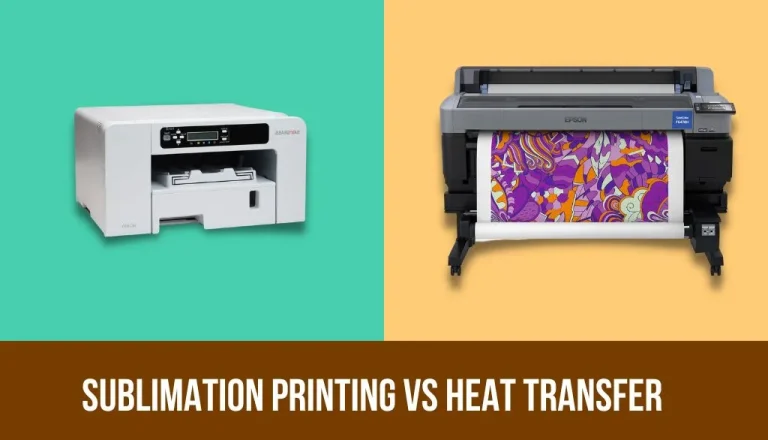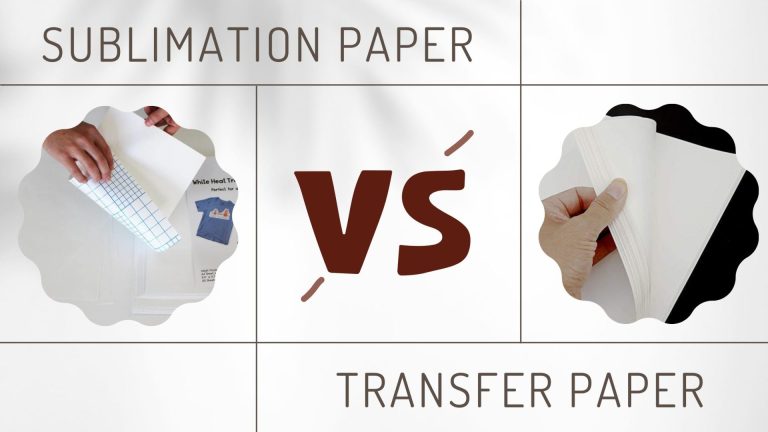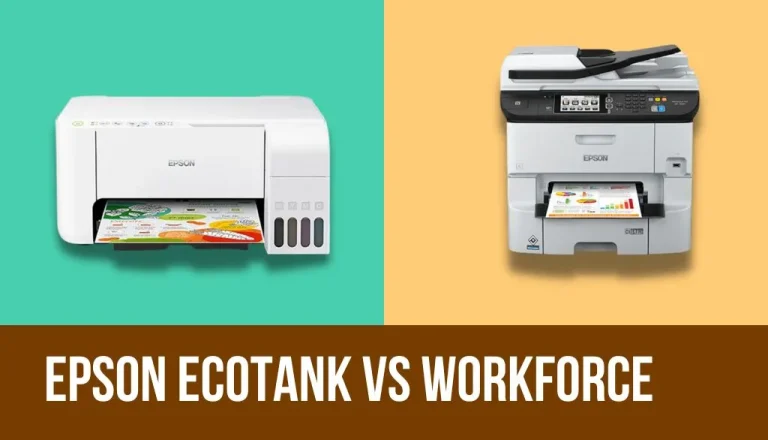DTF Printing vs Sublimation | Which Printing Method is Better?
Sublimation & DTF printing have been considered vital sources of the independent printing industry since the revolution of this amazing technical field. Both of them have evolved a lot depending on the fact that people didn’t even know about them in the last 1-2 decades.
However, in DTF vs. Sublimation printing, DTF (direct-to-film) is more versatile and unique depending on its power to print on all types of fabrics such as Metal Surfaces in vivid and shiny colors.
Moreover, you can easily feel the color layers on your garments. Nevertheless, in Sublimation, the print quality does get a little affected & can fade away after some time.
What is DTF Printing vs Sublimation – Which Lasts Longer In Short:
DTF transfers designs directly onto the surface of fabric using films. All 4 ink colors are submerged to make different patterns of colors.
Then, an Inkjet printer uses a PET (polyethylene terephthalate) sheet & prints designs on it. Lastly, heat press at a temperature of 150 degrees on your fabrics permanently.
Pros:
- Prints on all types of Fabrics.
- The light & dark patterns of garments don’t matter.
Cons:
- Prints can crack after some years.
- Printing power is limited only to 1 per item.
On the other hand, Sublimation is a special process that includes heat press transfer power to convert the solid ink into gas form and print it on your fabrics. It is a quick process & allows every detail to keep itself on the designs. Moreover, it is not even that time-consuming as compared to DTF.
Pros:
- Unlimited Printing power.
- Prints all hard surfaces pretty well.
Cons:
- Can’t print on dark surfaces.
DTF vs Sublimation Key Differences to Choose the Best:
As compared to Screen printing vs. Sublimation, these two certain printing processes are opposite. Therefore, you have to read the below-given points thoroughly at the end to find out the major differences among them & boost your printing needs.
1. Print Materials
Firstly, you must know that both these processes are pretty awesome. However, DTF allows you to print on all types of fabrics whether it is Polyester or cotton. Moreover, it prints on this fabric directly by applying vivid and sharp-quality colors.
On the other hand, Sublimation is only limited to light-coloured fabrics. In addition, the color is prints as compared to DTF is pretty vivid. They do lose their shine, efficiency, and accuracy as time passes away.
2. Printing Steps
DTF includes more steps as compared to sublimation. As in this process, the inks get to sink into the garments. Therefore, it is important to give this process a little more attention.
You have to refine the designs first, then print them on your fabrics in a certain pattern. After you print them in heat presses, let them cool and then tear off the films.
On the other hand, sublimation involves 3 main steps. First, you need to create designs, and then print them. In the end, using heat press machines transfer them permanently onto the surface of your fabric items.
3. Touch Feeling:
Well, this one is a pretty unique difference feature. As in DTF, the designs you transfer on your fabrics act as another layer of vivid colors. Therefore, you can easily feel them being printed on different materials.
However, in sublimation, the transferred images submerge into the fabrics. Thus, there is no concept of image and a third layer formation. So, be sure to know that both of these processes have their features & this difference doesn’t affect their quality.
4. Long Lasting
If you look at the printing processes and price limits of both these actions, you might say that DTF is long-lasting. However, in reality, it is the opposite. Sublimation covers the designed images in gaseous forms and the heat presses them into the surfaces of your fabrics. As a result, they become permanent in terms of vivid colors.
On the other hand, DTF prints images directly onto the surface of fabrics as a 3rd layer. Therefore, you can feel them with your hands. However, after a year or 2, these designs get rigid and do crack up. Therefore, sublimation lasts longer than DTF in terms of quality, accuracy, and efficiency.
DTF vs Screen Printing – The Biggest Difference (what is better than sublimation):
DTF and Screen Printing generally work on the same principles. As they both have to print on Films and then as a 3rd layer on the fabric. However, the biggest difference between these two processes is that Screen Printing allows you to print on large formats for both light & dark color substrates quickly and easily.
On the other hand, DTF is only limited to small designs. As they cover different designs but slowly. Moreover, they also support both dark and light designs. Therefore, I would recommend you to take a sharp look at both of them and then decide which one suits you well for your printing business.
Final Verdict:
In DTF vs. Sublimation printing, there are plenty of differences. But the feature that makes sublimation stand out in this competition is its ability to provide sharp and long-lasting designs with its solid-to-gas ink-changing powers.
On the other hand, DTF is also a great choice as it creates a 3rd layer of design but it may fade or crack up after some time.
Another thing is that the Sublimation process is way more affordable as compared to DTF. therefore, the choice is yours. No doubt, I would say that trying both of them would give you great confidence in your printing business.
Frequently Asked Questions:
It generally depends on your personal experience with both of these amazing printing processes. Moreover, according to my experience as an expert, Sublimation is way better than DTF in terms of both quality and price.
No, DTF printer words on the Direct to Film process. Therefore, it makes a 3rd color layer on the fabrics with its film which is then ripe off. On the other hand, Sublimation printers work on the technology of heat presses for accurate and efficient results.
Yes, you can DTF print on nearly all types of materials. The best thing you can do to DTF print is to 50\50 blend it with polyester-coated materials.


